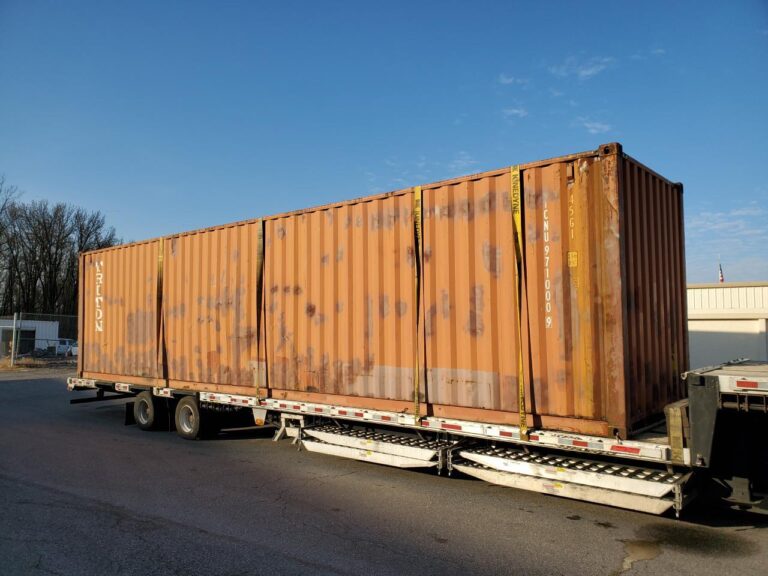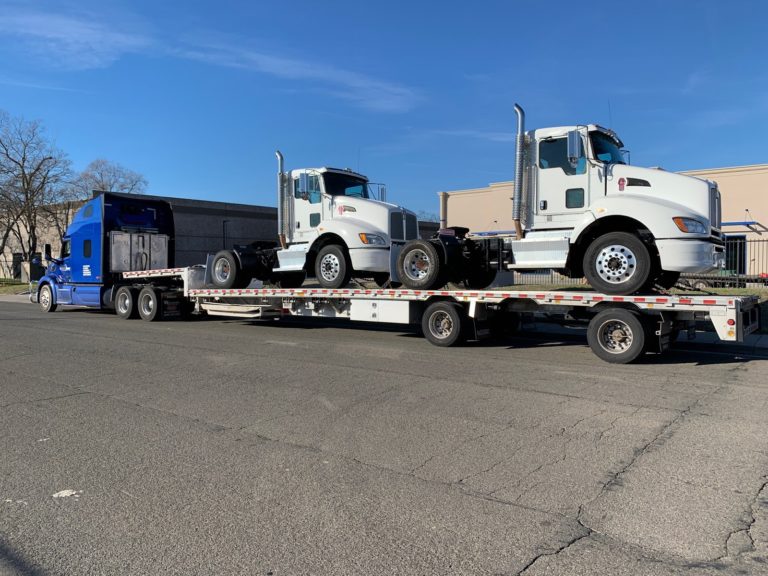Top United States Container Ports
The U.S. has the largest economy globally, so it’s not surprising that it exports more than any other country. Its container port industry is one of the reasons that America is so prolific at exporting goods worldwide. More than 20 container ports are located on the West Coast, East Coast, and the Gulf of Mexico combined, each responsible for the movement of billions of dollars worth of equipment each year.
Of the several container ports located in the
U.S., the five busiest are as follows:
– Port of Los Angeles
– Port of Long Beach
– Port of New York and New Jersey
– Port of Seattle and Tacoma
– Port of Savannah

The Port of Los Angeles
Located just 25 miles from downtown LA, the Port of Los Angeles is easily the top busiest port in the United States. In terms of the number of twenty-foot equivalent units (TEU) shipped from the port in 2016, approximately 8.8 million were handled. The value of cargo shipped through this port equaled roughly $272 billion.
In 2018, approximately 9.46 TEU was handled through the Port of Los Angeles. Even with the hardships associated with the 2019-2020 trade war and unforeseen global factors, the amount of traffic through the port has not reduced significantly in recent years. As it’s located on the Pacific coast, it’s a leading international trade gateway for many Asian nations, including China, Japan, and South Korea.
The Port of Long Beach
The Port of Long Beach is the second largest port in the U.S. and also features in the top 20 largest container ports worldwide. In 2016, the approximate volume of cargo passing through the port was 6.77 TEU, with an estimated value of $180 billion. More recent reports indicate the port handles more than 8 million TEU per year.
Often known as Los Angeles’ sister port, partly due to its proximity, and partially because it handles similar container volumes, the Port of Long Beach is also one of the top container ports in the United States. Like the Los Angeles port, it’s also a gateway for Asian trade and critical for transporting goods to some of the world’s fastest-growing areas.
This port also has another goal in mind: being the leading environmentally-friendly port in America, which has resulted in it being able to cut more than 87% of diesel emissions.

The Port of New York and New Jersey
When it comes to rounding off the top three busiest ports in the U.S., the list wouldn’t be complete with the Port of New York and New Jersey. Not only is it the third busiest port in terms of TEU volume, handling more than 7 million per year, but it’s also the most active East Coast port.
The port offers access to some of the most concentrated markets in North America, and the Port Authority announced in 2019 that it has a 30-year plan in place to increase the port’s ability to handle the largest ships in the world. At present, the Port of New York and New Jersey has 50′ draft depths, meaning it can accommodate the larger dimension of New Panamax ships. Its goal is to become the second-largest trading hub in the United States, combining the port with its 228′ air draft capacity.
Top Container Shipping Types in the U.S.
When it comes to container shipping, there are numerous container sizes and types to choose from. Some better fit heavy machinery, while others are designed for specific purposes, such as tank shipping. The most common shipping containers used in equipment and machinery component shipping include:
– Dry storage containers
– Flat rack containers with collapsible sides
– Open side containers
– Tank containers
Dry storage containers are the most common form of container shipping, used not only in heavy equipment transport, but in a wide variety of industries. Dry storage containers are typically available in 20′ length, 40′ sizes, and 40′ height dimensions. Flat rack containers are best suited for shipping boats, equipment, cars, and other vehicles since the collapsible sides ease the loading and unloading process. Thousands of these containers pass through the busiest ports in the U.S. each week and play a vital role in the import and export of heavy equipment, construction materials, and so much more.
Get Your Container Transport Quote Now!
Step 1: Fill Out Quote Form
Fill out the short & easy quote form.
Step 2: Speak With An Agent
We’ll pick up your heavy equipment or vehicle.
Step 3: Get Transported On Time
We deliver on time so you can get back to work.